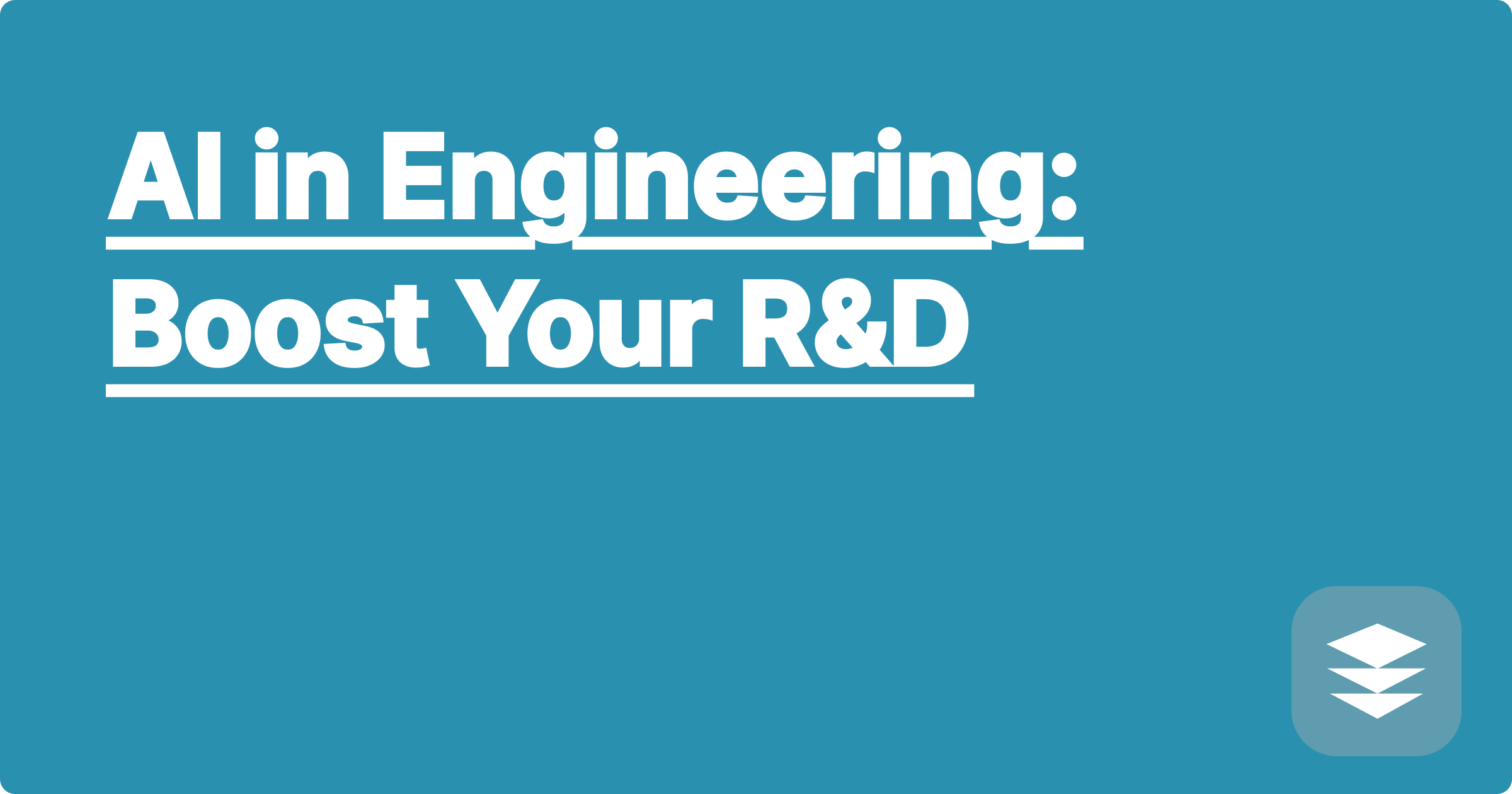
The rapid advancement of technology presents STEM fields with an ever-increasing volume of data and complex problems, demanding more efficient and innovative solutions. Artificial intelligence (AI) offers a powerful toolkit to address these challenges, accelerating research and development in unprecedented ways. From automating tedious tasks to uncovering hidden patterns in complex datasets, AI is transforming how engineers and scientists approach problem-solving.
This transformation holds significant implications for STEM students and researchers. Mastering AI tools and techniques is no longer optional but essential for staying competitive in a rapidly evolving landscape. By integrating AI into their workflows, researchers can significantly boost their productivity, enhance the accuracy of their findings, and explore new frontiers of scientific discovery. Embracing AI empowers students and researchers to tackle more ambitious projects, accelerate the pace of innovation, and contribute meaningfully to their respective fields.
Engineering research and development often involves navigating complex systems with numerous interacting variables. Consider the challenge of designing a new material with specific properties, like high strength and low weight. Traditionally, this process involves extensive experimentation, often relying on trial-and-error approaches. Researchers synthesize materials with varying compositions, test their properties, and analyze the results to guide further experimentation. This process can be time-consuming, resource-intensive, and limited by the researcher's intuition and experience. Furthermore, the sheer volume of data generated by modern experimental techniques can be overwhelming, making it difficult to identify meaningful patterns and draw insightful conclusions. The complexity is further compounded by the need to consider various factors such as manufacturing constraints, cost-effectiveness, and environmental impact.
AI offers a powerful alternative to traditional trial-and-error methods. Machine learning algorithms can be trained on existing data to predict the properties of new materials based on their composition and processing parameters. This allows researchers to explore a vast design space virtually, identifying promising candidates much faster than traditional methods. Tools like ChatGPT and Claude can assist in literature reviews, generating hypotheses, and even drafting sections of research papers. Wolfram Alpha can be leveraged for complex calculations, symbolic manipulations, and data analysis, freeing up researchers to focus on higher-level tasks. By integrating these AI tools into the R&D workflow, engineers can significantly accelerate the design process and optimize material properties for specific applications.
The implementation of AI in material design begins with data collection. Gathering a comprehensive dataset of material properties, compositions, and processing parameters is crucial for training effective machine learning models. This data can be sourced from existing literature, databases, and experimental results. Once the data is collected, it needs to be preprocessed and cleaned to ensure its quality and consistency. This may involve handling missing values, removing outliers, and normalizing the data. Next, a suitable machine learning model is selected based on the specific problem and the nature of the data. Common choices include regression models for predicting continuous properties like strength and classification models for predicting categorical properties like material type. The chosen model is then trained on the prepared dataset, optimizing its parameters to minimize prediction error. After training, the model can be used to predict the properties of new materials, guiding the design process and reducing the need for extensive experimentation. Finally, the model's predictions are validated experimentally, and the results are used to further refine the model and improve its accuracy.
Consider the design of a new alloy for aerospace applications. We might use a dataset containing information on the composition, processing temperature, and tensile strength of various alloys. A machine learning model, such as a support vector regression (SVR) model, can be trained on this data to predict the tensile strength of a new alloy based on its composition and processing temperature. The model can be expressed mathematically as f(x) = w.x + b, where f(x) is the predicted tensile strength, x is the input vector representing the composition and processing temperature, w is the vector of weights learned by the model, and b is the bias term. By inputting different compositions and processing temperatures into the model, researchers can predict the corresponding tensile strengths and identify the optimal combination that meets the desired performance criteria.
Another example is using natural language processing (NLP) models like ChatGPT to analyze a large corpus of research papers on a specific topic. The model can be prompted to summarize key findings, identify research gaps, and even suggest potential future research directions. This can significantly accelerate the literature review process and provide valuable insights that might be missed through manual analysis.
For STEM students and researchers, effectively integrating AI requires a multi-pronged approach. Developing a strong foundation in programming languages like Python and R is essential for implementing and customizing AI algorithms. Understanding the underlying principles of machine learning and deep learning is crucial for selecting appropriate models and interpreting their results. Exploring available AI tools and platforms, such as cloud-based machine learning services, can streamline the development process and provide access to powerful computational resources. Collaboration with other researchers and attending workshops or online courses can further enhance AI proficiency and provide valuable networking opportunities. Finally, staying up-to-date with the latest advancements in AI research is essential for remaining competitive in this rapidly evolving field.
To conclude, AI is transforming the landscape of engineering research and development, offering unprecedented opportunities for accelerating innovation and solving complex problems. By embracing AI tools and techniques, STEM students and researchers can enhance their productivity, improve the accuracy of their findings, and push the boundaries of scientific discovery. Taking proactive steps to develop AI proficiency is no longer optional but essential for success in the modern STEM world. Explore online resources, participate in workshops, and collaborate with peers to unlock the full potential of AI in your research endeavors.
Ace STEM Exams: AI Study Planner
AI for Lab Data: Analysis Made Easy
AI in Engineering: Boost Your R&D